DIFFUSION
The Cajal legacy
The Cajal legacy
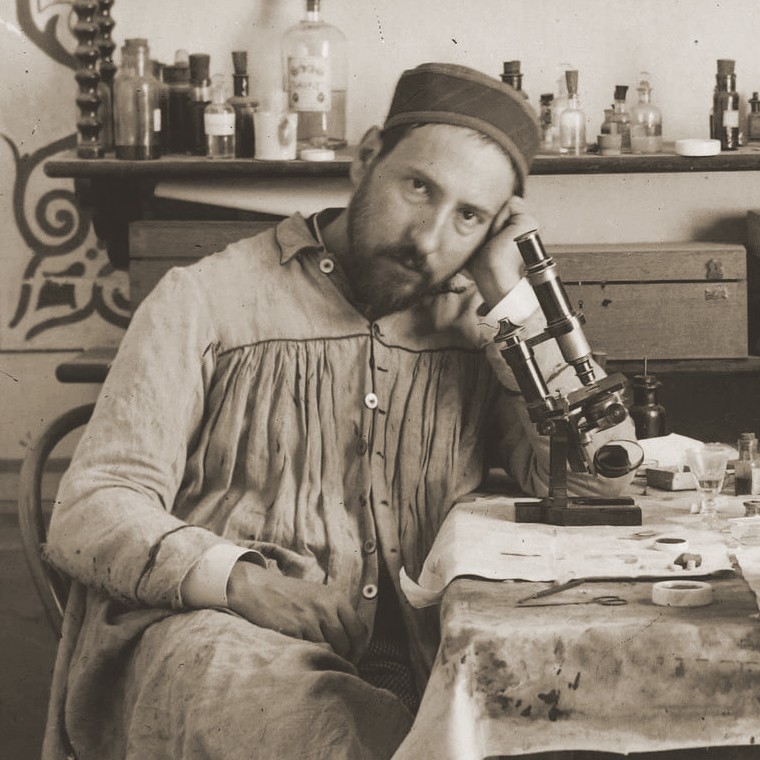

Essential file
A single documentary fund
An essential file for the history of neuroscience
Juan A. de Carlos. Cajal Legacy Responsible.
Drawings
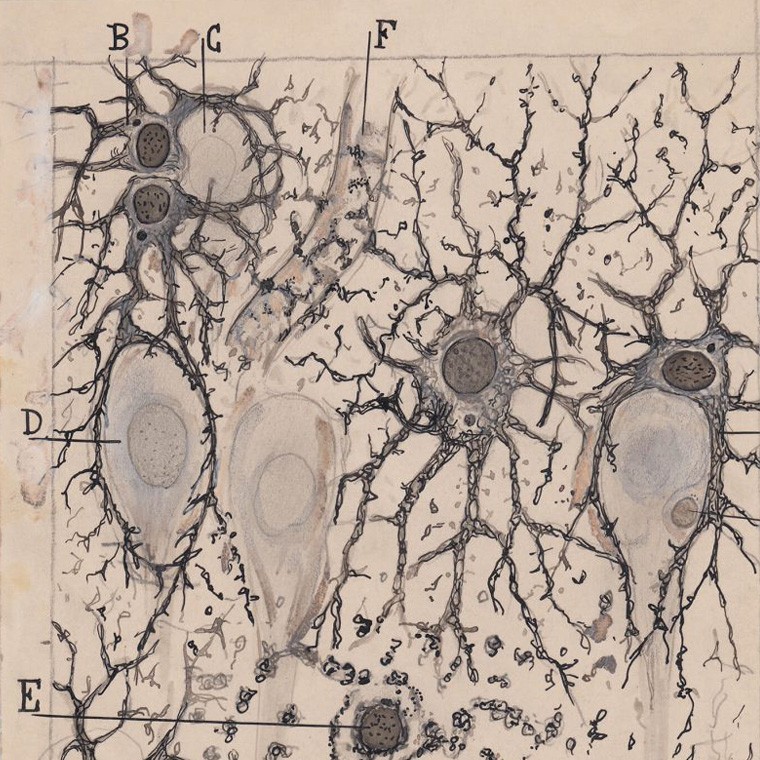
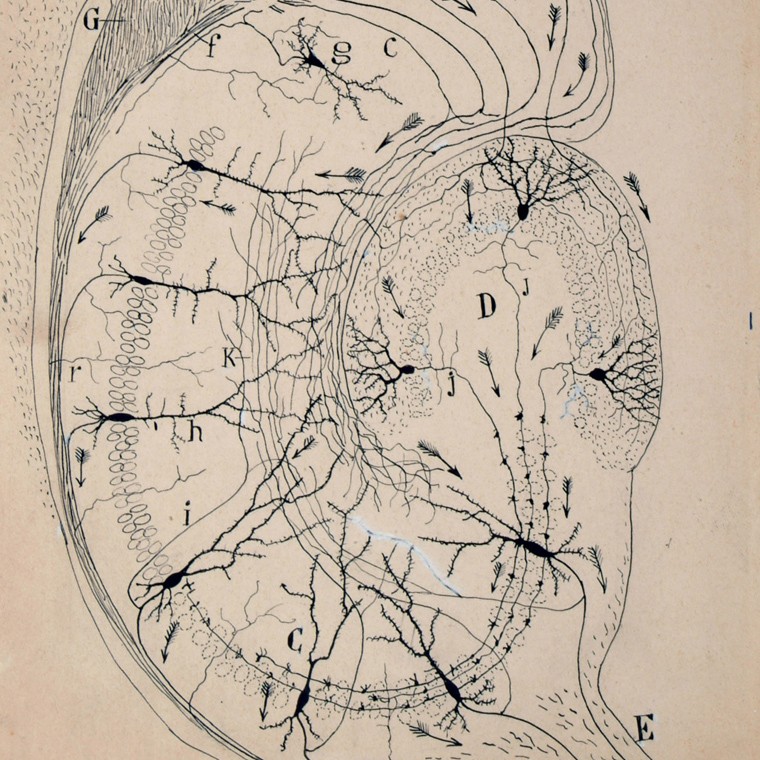
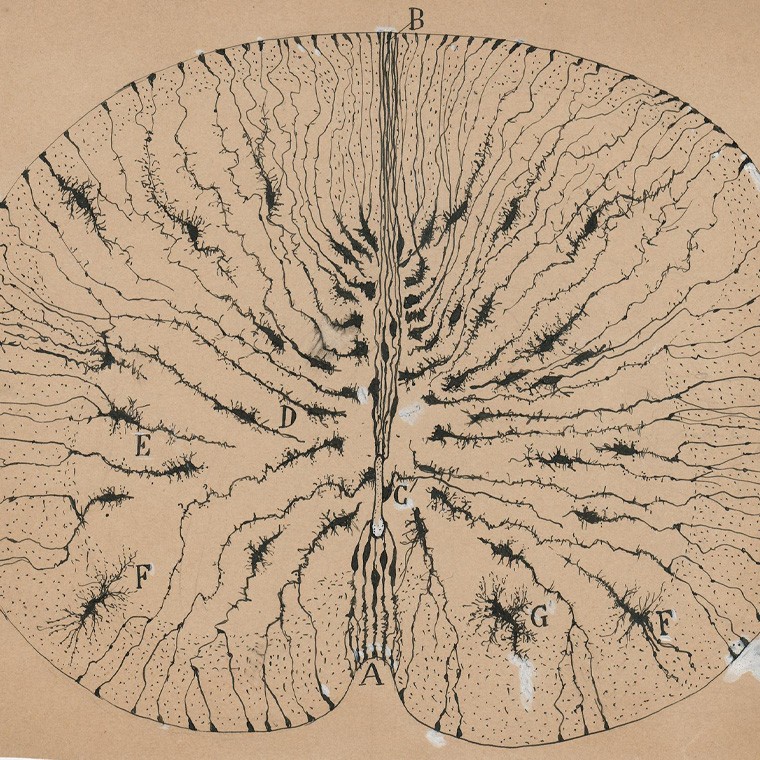

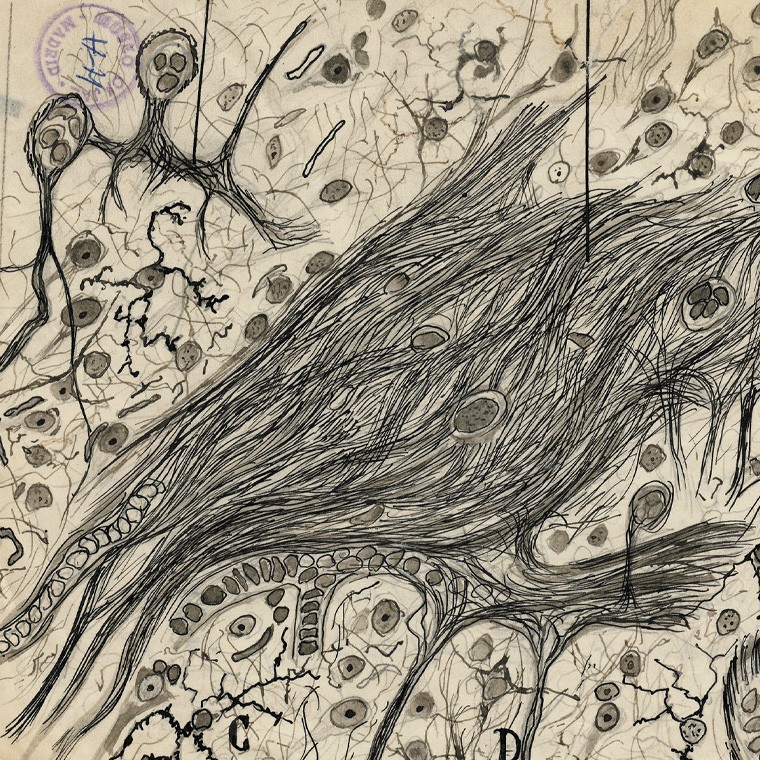
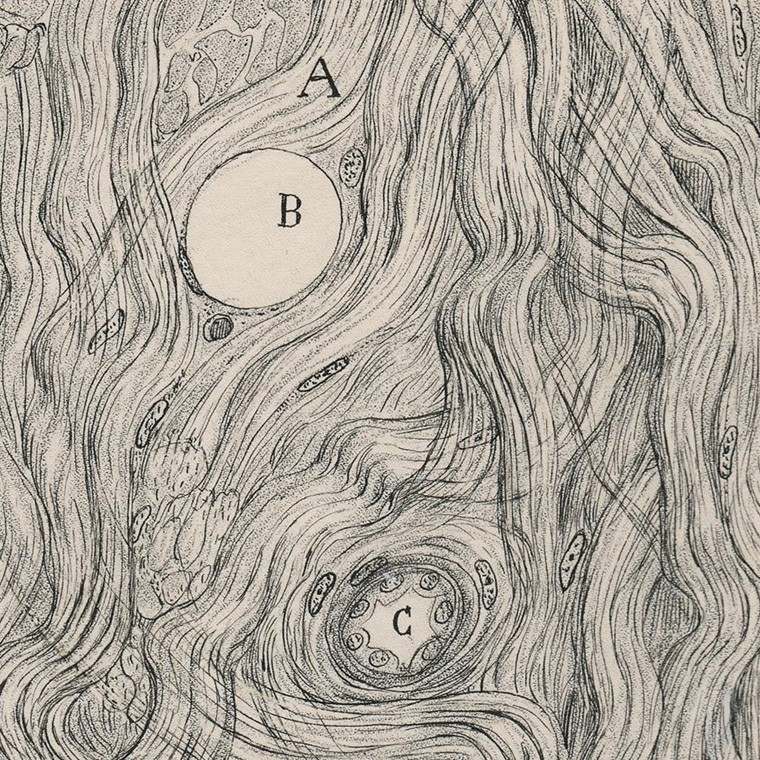

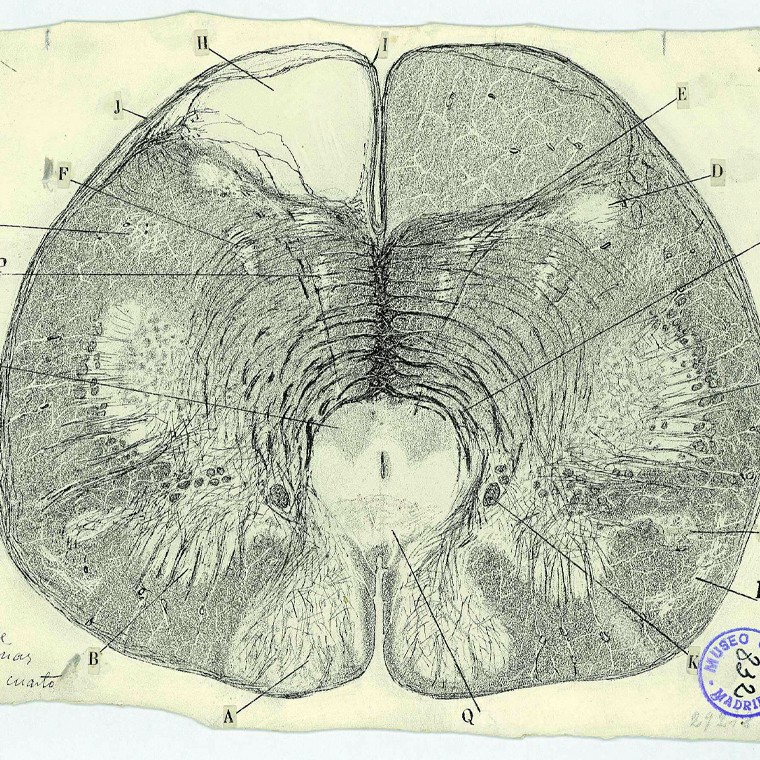


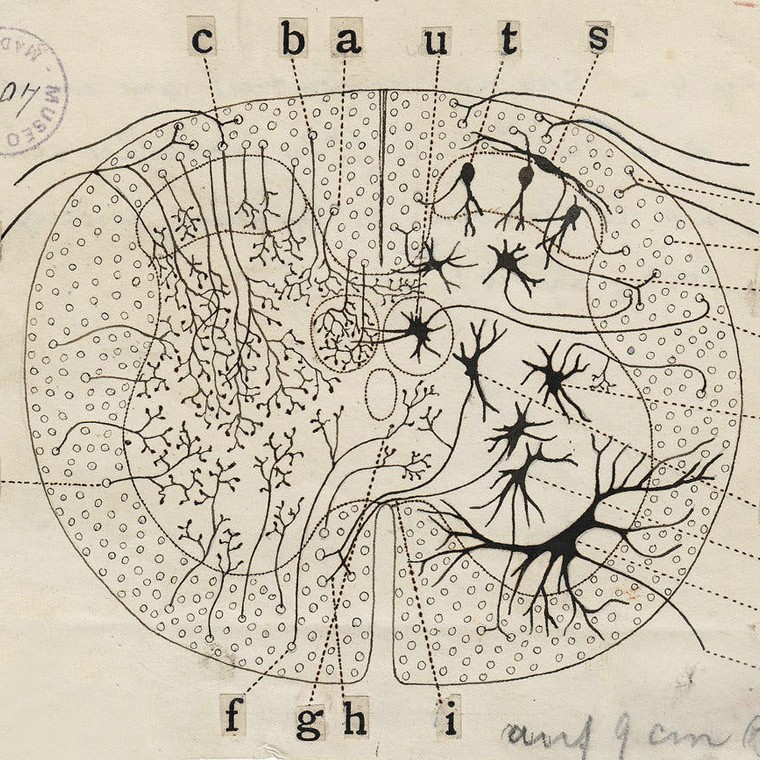

Drawn with pencil (graphite) and subsequently outlined with Chinese ink, Cajal illustrations represent three -dimensional compositions that help us understand the complexity of brain structures. Only a few are colored. These pieces constitute true jewels, both for the scientific community and for artistic, for the beauty of compositions and their similarities with nature.
Photographs
Cajal was a great lover of photography. He came to develop his own development solutions and pioneered the techniques of photo colored in Spain. He investigated photographic emulsion techniques, which applied in a couple of inventions of his, the photophonograph (destined to reproduce low intensity sound vibrations) and themicrofonograph (created to amplify them). He left these inventions when he realized that Edison had patented his phonographer, a similar invention.
In 1890 he was appointed honorary president of the Royal Photographic Society of Madrid. He would take photographs of family, his trips and everyday life. His passion for this discipline led him to publish in 1912 a photography treaty entitled “The photograph of colors. Scientific bases and practical rules” where he theorized about his research in the treatment of photographs to add the color. He was also a pioneer in the use of photomicrography, taking photographs with the use of microscope.

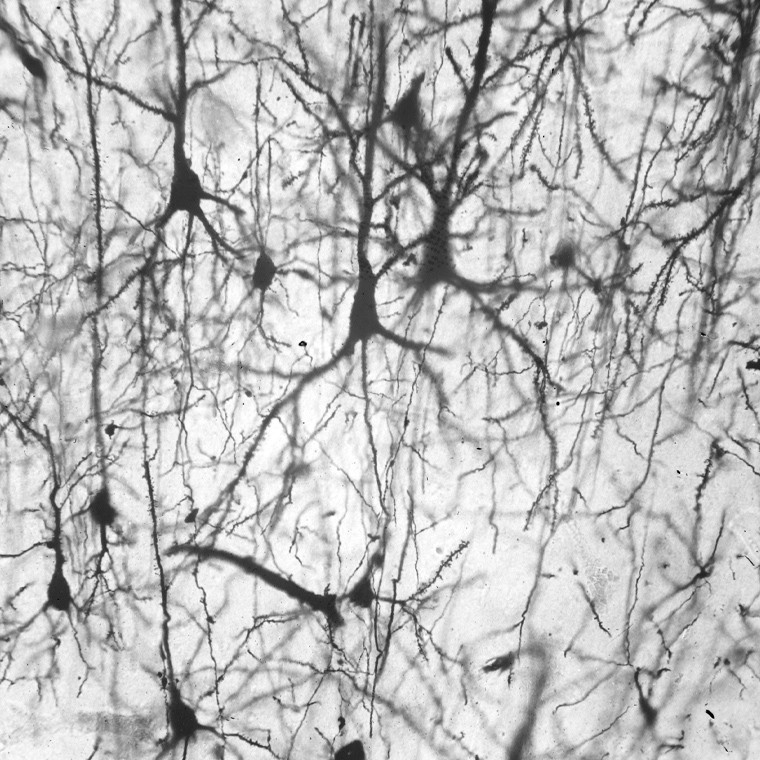
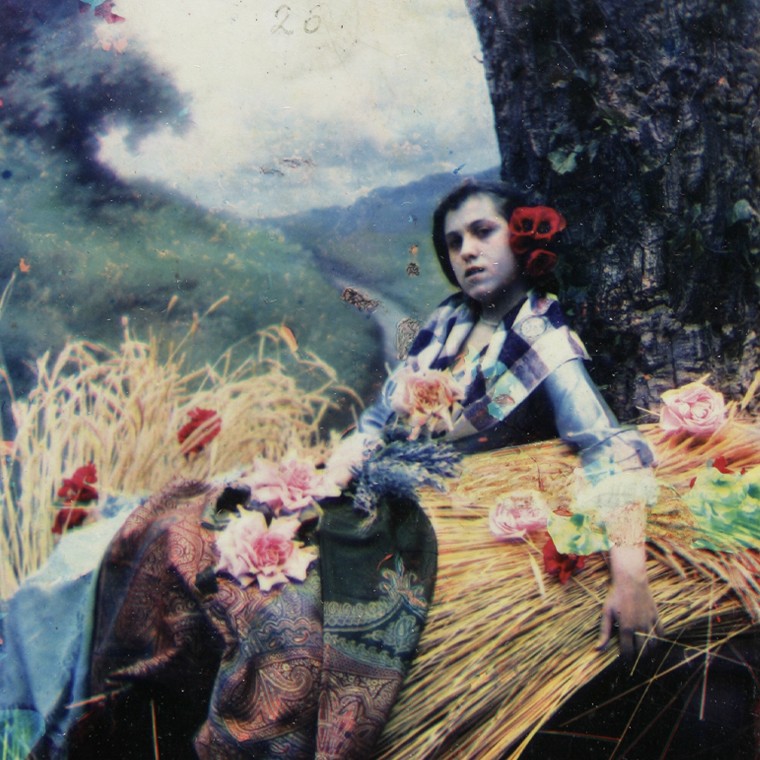
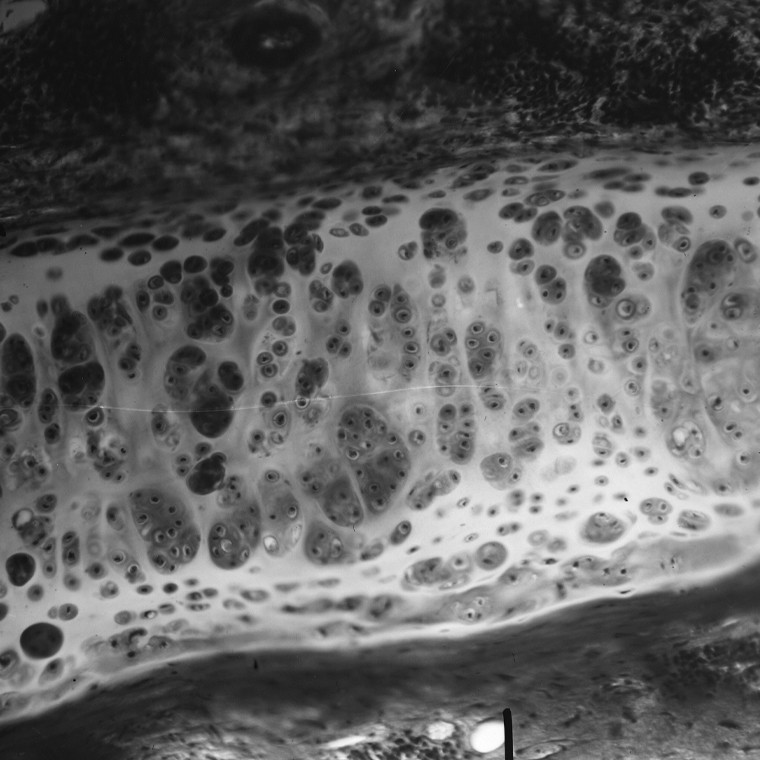
The collection of stereoscopic photographs impressed in glass plates is huge and with a very important value both at the scientific and artistic level, and its contributions to this field are fundamental for technical photography studies.
Another jewelry is the color photographs made with the Lippmann interferential method. Apparently there are only 439 plates made with this method worldwide, of which 243 are attributed to Lippmann. The legacy retains 4 plates made by Cajal.
Histological preparations
Histological preparations are another of the great treasures of the Cajal Legacy.
Thanks to their optimal state of conservation, they can continue to be used today, becoming windows into the microscopic world of nervous tissue that served to create the ‘Neuron Doctrine’.
File pieces
The Cajal Museum
During the Spanish Civil War (1936-1939), the Cajal Institute was bombarded and a part of it was destroyed. Some disciples (Francisco Tello, Fernando de Castro, Domingo Sánchez) sought that the center was not looted during the disturbances of the conflict.
After the war, the building is rebuilt and, ascribing to the CSIC, is once again operational as a research center in 1941. Using some units, its disciples create a museum to guard and exhibit the legacy of Cajal, which is inaugurated in 1945. All The pieces of the same (photographs, drawings, manuscripts, laboratory material, etc.) were part of the first Cajal museum. Although it is inaugurated by José Ibáñez Martín, Minister of Education, its management was carried out by the members of the Center, without receiving financing from the State.


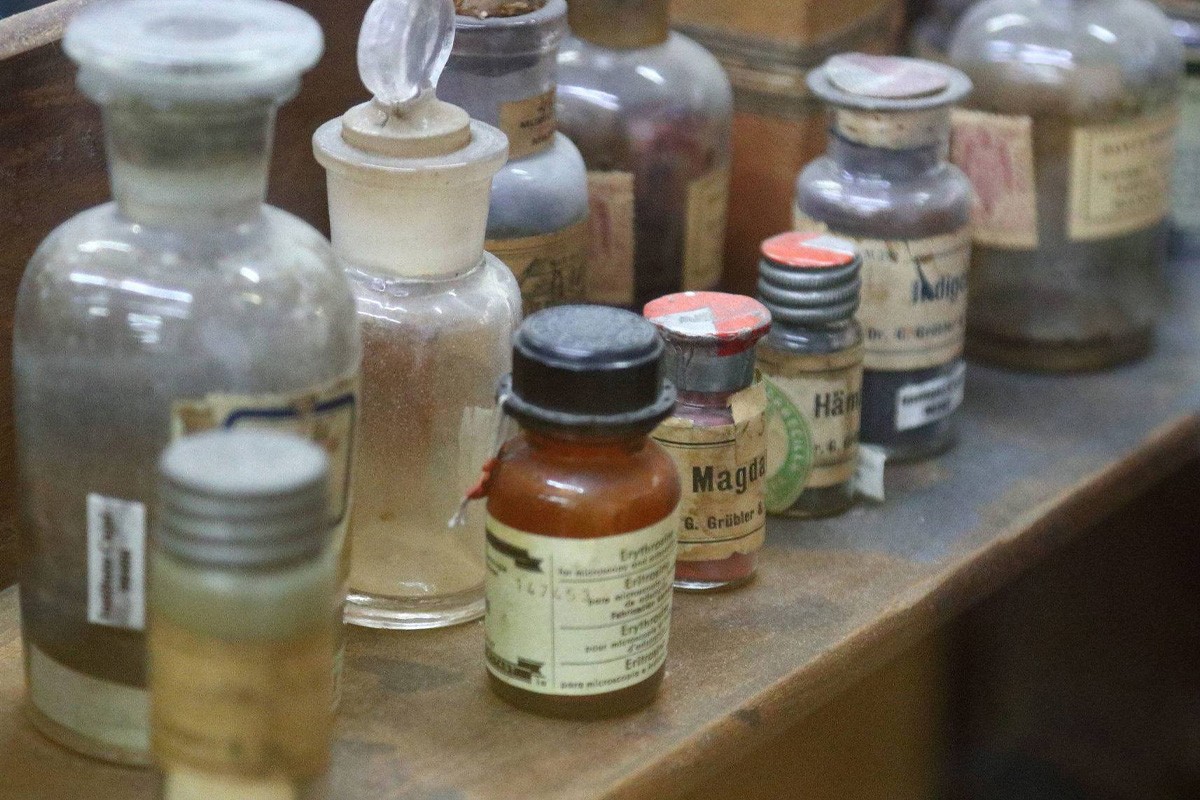



In 1957, the Cajal Institute moved to a new headquarters, located at the confluence of Velázquez streets with Joaquín Costa. The building will be shared with two other institutes (Marañón and Ferrán), all encompassed in one of the 6 patronators created by the CSIC, the Santiago Ramón y Cajal Board. Here, the Cajal Museum is reassembled.
In the summer of 1989, Cajal Institute moved to its current headquarters on the avenue of Dr. Arce in Madrid and, with the arrival of new research groups, the space won is used in the creation of new laboratories, resulting in 1989, in 1989, The museum collection was without sufficient exhibition space and relegated to a small sample located the library of the center, in which a very limited and careful selection of historical pieces is exhibited, recreating Cajal’s workplace with some of its original belongings .

The rest of the goods that constitute the Cajal legacy are protected and preserved in a safety room with controlled moisture and temperature, waiting for an appropriate exhibition space so that the entire can be exhibited in a future dedicated national museum to the figure of Santiago Ramón y Cajal and the Spanish Neurohistological School.
The permanent exhibition of the Cajal legacy in a stable national museum is a claim of the Cajal Institute, the Spanish Society and the International Scientific Community, which have been insisting on the need to preserve and disseminate the value of the research work of Santiago Ramón y Cajal and Cajal Of those scientists who, in really precarious conditions, managed to put our country in the first place of the world scientific map.
The future National Museum of Cajal and the Spanish Neurohistological School would also serve as a reference center for the interpretation and teaching of the history of Spanish neuroscience that, in short, is the history of world neuroscience, because thanks to Cajal and its disciples , Spain was a pioneer in the study of the brain.
“Semi-permanent” exhibition at the MNCN-CSIC
Since November 2020, the National Museum of Natural Sciences (MNCN-CSIC) hosts a ‘semi-permanent’ exhibition on the Cajal legacy. In the sample, which occupies an area of 120 square meters, more than a hundred carefully selected pieces are exhibited, including twelve original drawings, Nobel’s medal and diploma and its first laboratory newspaper.
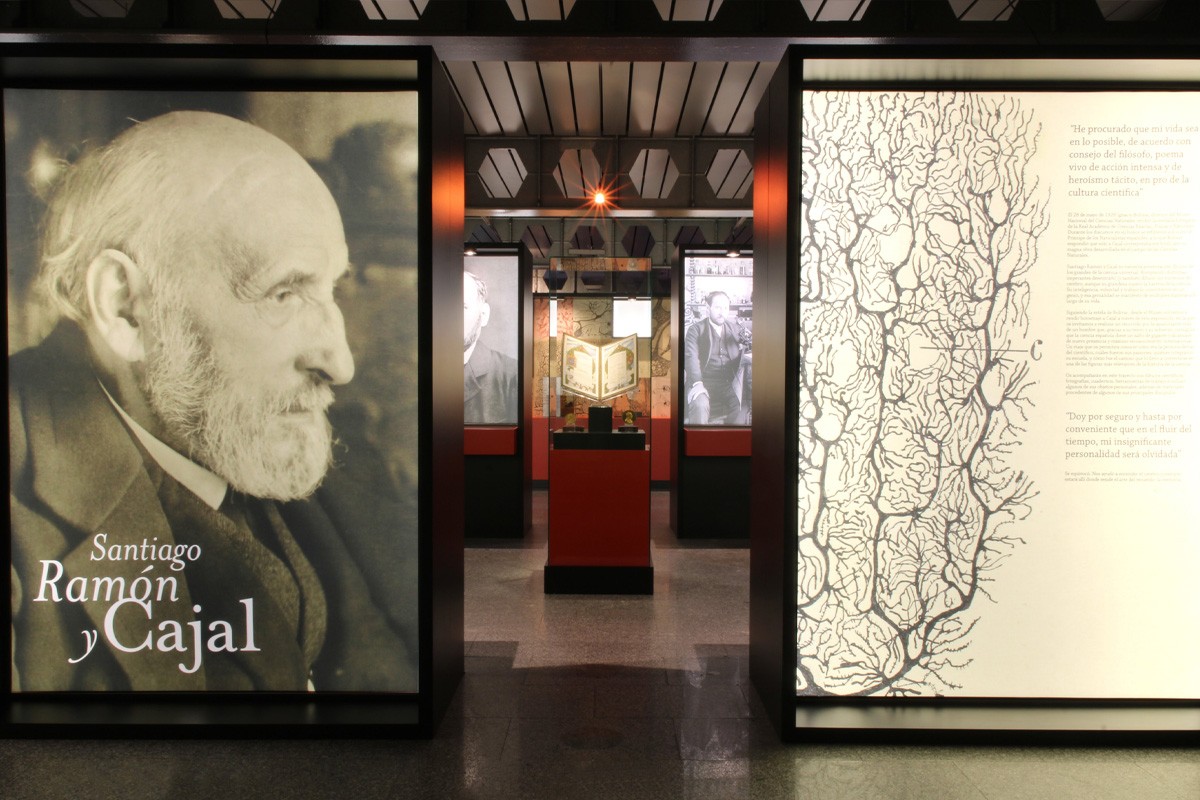

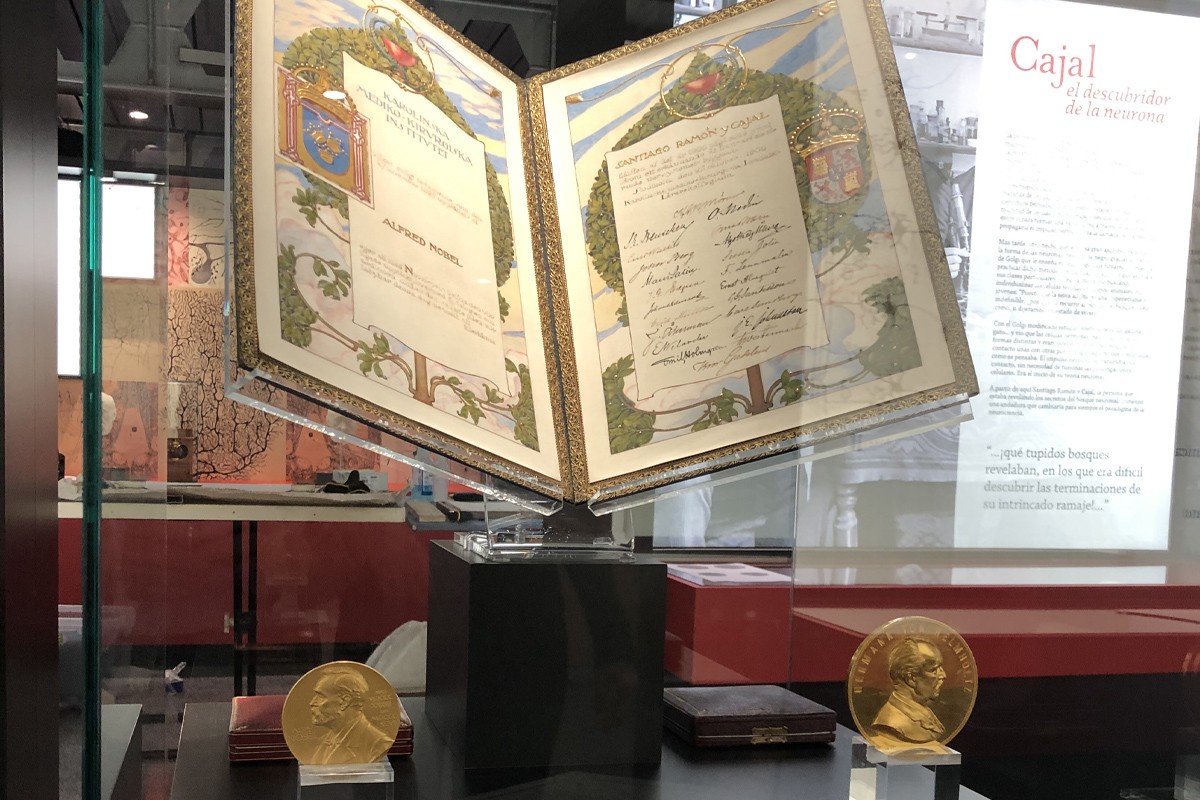
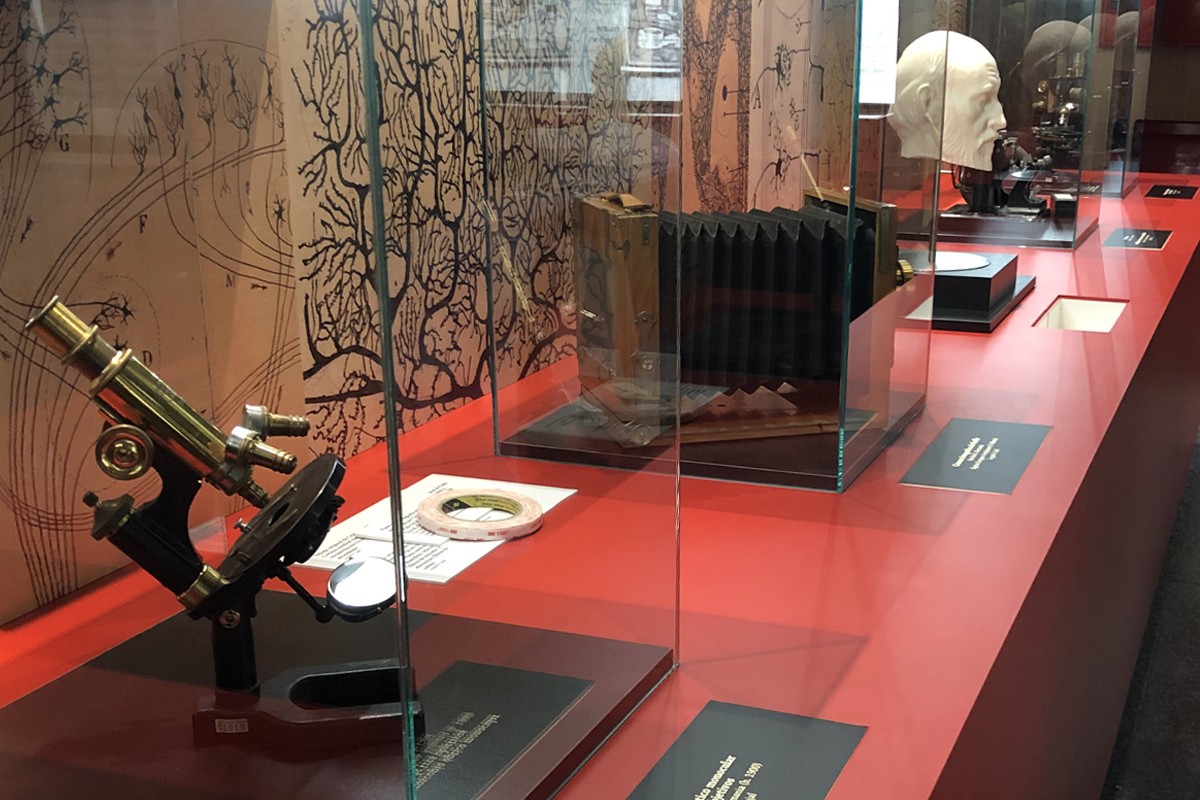


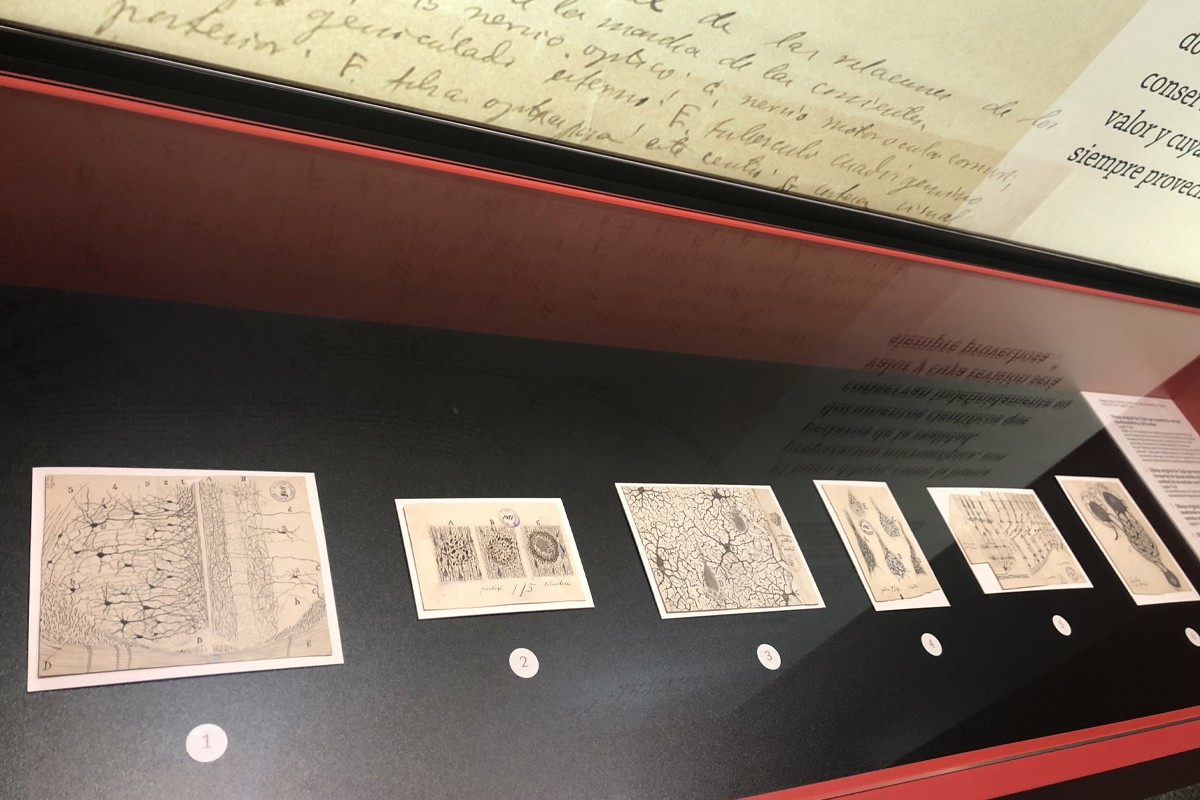
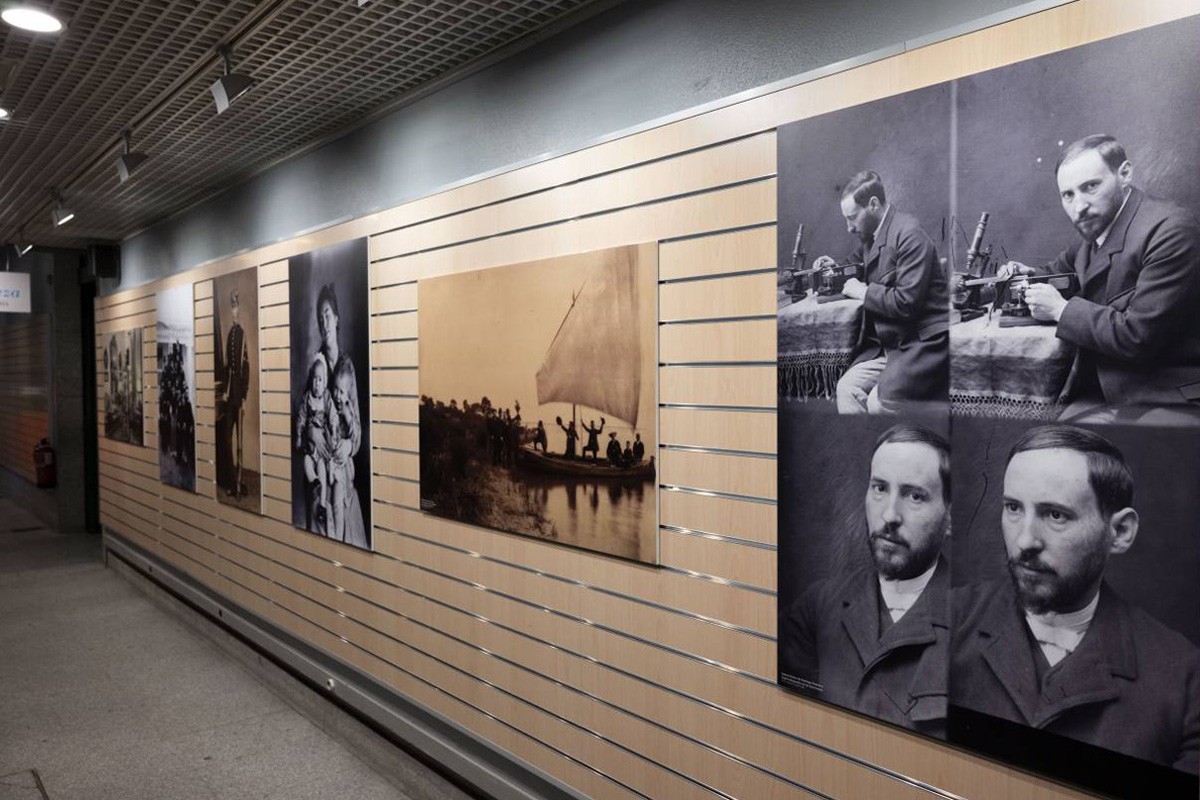
Among the parts exhibited, oils, photographs, drawings, laboratory material, instruments, scientific notebooks, awards and distinctions, as well as a set of personal objects and non -scientific books written by him, which allow to show the humanistic facet of the genius of the genius of the genius of the genius of the genius of the genius of the genius of the genius of the genius of the genius of the genius Aragon Petilla.
The sample collected for this exhibition is a small example of what could be, in the future, the monographic museum dedicated to the father of neuroscience and the Spanish histological school. A museum that deserves the most relevant figure of Spanish science and that would finally fulfill the desire manifested by Cajal himself to conserve his scientific legacy in his own institute, and the intention of his children and disciples of turning him into a museum that served of teaching and stimulus for future generations.
Information and consultations
For more information, consultations, reproduction request, reports or concerted visits (with individual and scientific purpose, until the existence of a museum), you can contact Professor Juan Andrés de Carlos, head of the Cajal Legacy :
Reproductions request. The legacy in images
To formulate a reproduction application, it is recommended to previously review the images and codes of the corresponding pieces to facilitate and expedite the management of the demands. You can consult the legacy in images here:
Related information

Neuroscience Research Center dependent on the CSIC. Founded in 1920 and initially directed by Santiago Ramón y Cajal. World reference in the study of the brain. Custodian of the Cajal Legacy.
Activities
